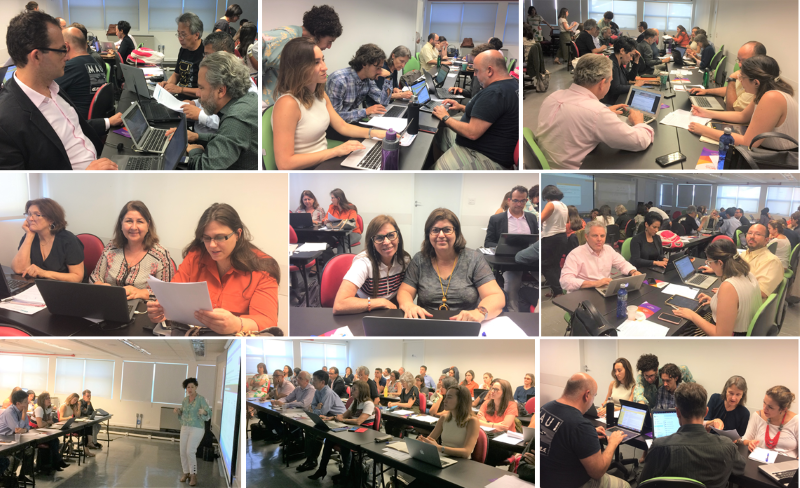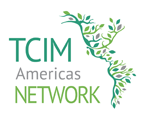Evidence Maps on the clinical application of Integrative and Complementary Health Practices

BIREME Bulletin n° 37
Posted in 26 October, 2019
The World Health Organization, in its recently launched 2019 global report on Traditional and Complementary Medicine, informed that the Member States consider the “lack of research data” on the field the main challenge faced in order to advance in regulation processes to integrate these practices into health systems and services. This perception is frequently based on lack of knowledge of existing evidence, on barriers for access (language of publication, paid access), and on difficulties to interpret results and research particularities in the field.
As a contribution to facilitate the access to available evidence, as well as to identify knowledge gaps, BIREME, in collaboration with the Brazilian Academic Consortium on Integrative Health, held the first workshop on evidence maps on Integrative and Traditional Health Practices (Práticas Integrativas e Complementares em Saúde, PICS), on October 14, in São Paulo. The workshop was financed by the Brazilian Ministry of Health and was attended by 39 participants from nine states of the different regions of the country.
Seven practices were prioritized by the Ministry of Health for the cooperation project that enabled the workshop: Chinese Traditional Medicine (Acupuncture, Auriculotherapy and Body Practices), Phytotherapy, Yoga, Meditation, Reflexology, Oral Ozone Therapy and Shantala (infant massage). For the elaboration of the evidence map for each practice, an equal number of working groups was formed. A team from BIREME and the Academic Consortium, which was in charge of facilitating the workshop, coordinate and follow up on the project.
What are evidence maps?
Evidence maps are a useful method with the double function of synthesizing available evidence on a specific topic and indentifying knowledge gaps. Their elaboration requires a systematic revision of literature, along with an evaluation of the type and quality of available evidence. The methodology encourages the participation of different actors that contribute with their perspectives for the definition of interventions and results/indicators which should be evaluated first.
A particular characteristic of evidence maps, which differentiates them from other methods of synthesis, is the use of graphic representations (or dynamic representations, through interactive online databases), which facilitate the interpretation of the results. The method also allows for the integrations of different types of evidence, as well as the representation of their strength. These characteristics make them useful instruments for informed decision making and for prioritizing research needs in order to address knowledge gaps.
BIREME is currently developing a technological tool which allows the dynamic, online visualization of the evidence maps that are being worked on by the working groups, as well as of maps that will be developed in the future, in all fields of health knowledge. It is expected that in the future, virtual courses may be developed on this methodology, in order to facilitate the expansion of this modality of synthesis of evidence throughout the Region.
The pilot application of the methodology developed by BIREME focused on the field of Medical Ozone Therapy, and is available on the following link: https://public.tableau.com/profile/bireme#!/vizhome/ozonioterapia-pt/evidence-map
According to Veronica Abdala, BIREME Manager of Information Sources and one of the facilitators of the Workshop, the expectation is that this first group of evidence maps will be available on February 2020. With this project, as well as with other initiatives, including the VHL on Traditional, Complementary and Integrative Medicine (VHL TCIM Americas), it is expected that visibility and access to available evidence on the field will both increase, as well as the identification of research areas and perspectives where it is necessary to investigate further.


